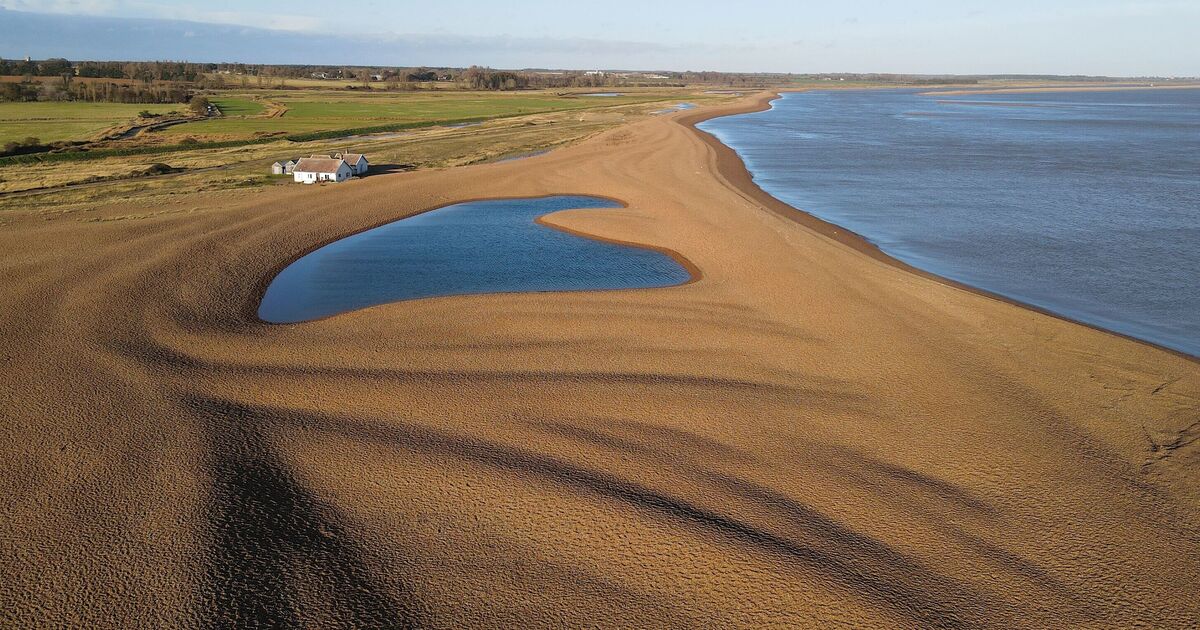

Britain has no shortage of seaside escapes, but some of the most atmospheric are the ones tucked far from train lines and day-trip crowds. Down narrow country roads lies a beach unlike any other - a vast stretch of shingle that feels almost cut off from the modern world.
Remote, windswept and strangely beautiful, it’s a place that attracts walkers, birdwatchers and those who prefer their beaches quiet. But it also carries with it a darker legacy - one of wartime rumours and whispers of a foiled German invasion. Shingle Street is a designated Site of Special Scientific Interest (SSSI), home to rare flora and flocks of seabirds. On a bright summer’s day, the wide, open beach feels almost endless, with big skies and views across to Orford Ness. It is one of Britain’s most secretive seaside spots, with access only possible by car down narrow country lanes.
During the Second World War, Shingle Street’s tiny community was evacuated, and much of what happened next has been the subject of rumour and speculation ever since. Local legend claims the beach was the site of a failed Nazi landing attempt in 1940, where German troops were supposedly met with experimental “burning seas.”
For decades, these stories circulated, until classified documents were finally released in the 1990s suggesting the invasion tale was little more than propaganda. Still, mystery lingers. A new documentary, Fire Over Shingle Street, released in 2025 by Suffolk-based filmmaker Tim Curtis, re-examined these accounts with testimony from locals and historians alike.
While its history draws in the curious, Shingle Street today is mostly prized for its solitude. There are no cafés, shops or facilities, just vast skies, salt marshes and shingle beaches. Dog owners are welcome, with bins provided, but overnight camping and vehicles on the shingle are strictly banned.
Swimming is possible, but the sea here can be dangerous. Powerful tides sweep around the mouth of the River Ore, with currents strong enough to pull even experienced swimmers out to sea.
It is also a place of extraordinary wildlife. A detailed biodiversity survey published by the Shingle Street Community and Conservation organisation revealed at least 20 mammals, from otters to pygmy shrews, alongside an astonishing 249 species of birds, including marsh harriers, little terns and winter visitors such as short-eared owls.
Botanists have counted more than 300 flowering plants across the shingle and salt marsh, while insect life thrives in staggering numbers - 379 species of moths alone.
As one review on the community’s website reads, “the real wonder of Shingle Street is that once you look closely, you find more life than you ever imagined.”
For those planning a visit, Shingle Street is around a two-hour drive from London, just under three hours from Birmingham, and about two and a half hours from Cambridge. From Norwich, the journey takes around 90 minutes, while from Manchester it’s closer to five hours.